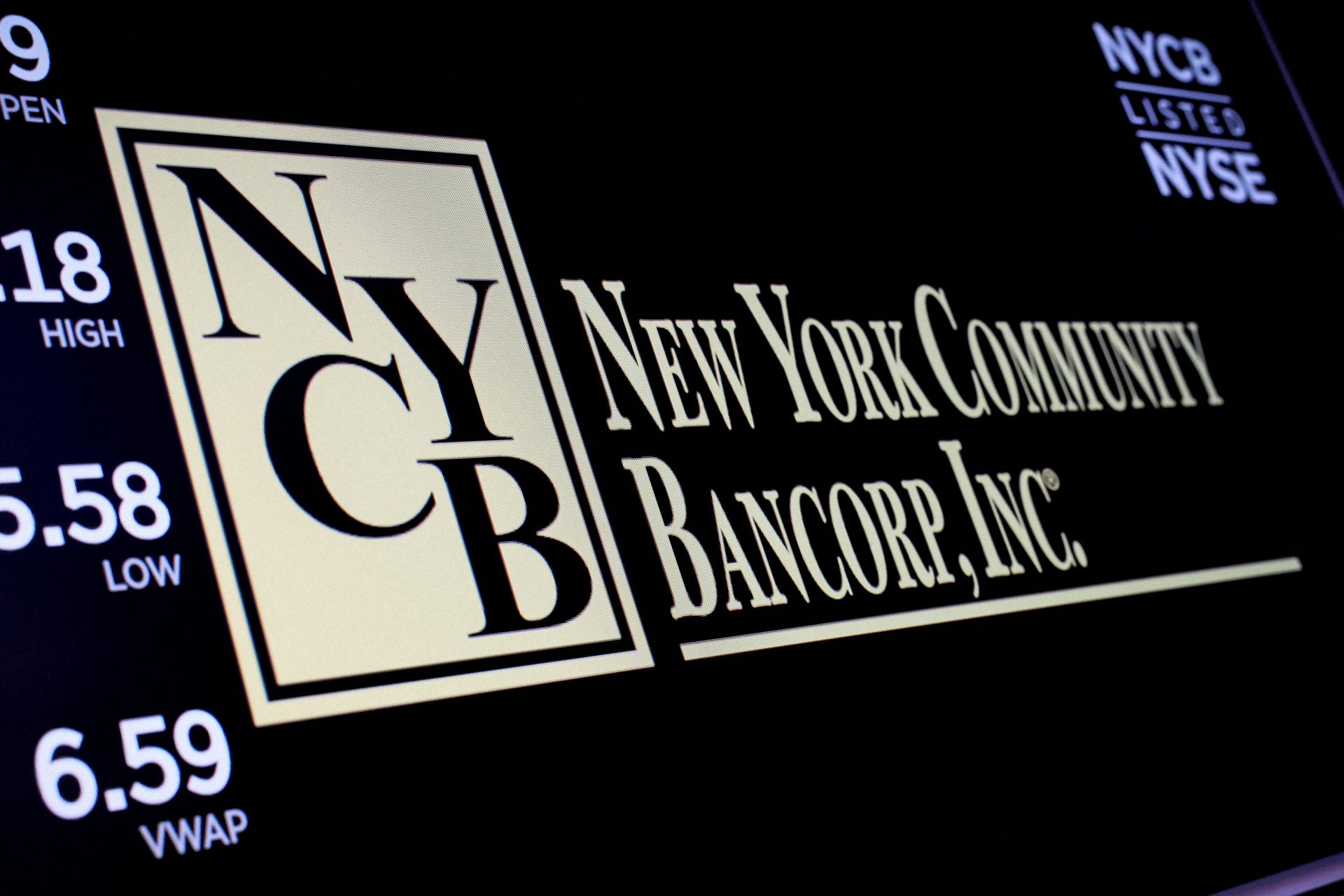Paying Bills Strategically
If the bills are bombarding you monthly and you’re finding it difficult to keep up with them all, it’s high time you do something about it before you get behind in other areas including your emergency fund or retirement account. That’s why paying bills strategically is paramount – there must be a method to the proverbial madness. Keep reading for more.
Know How Much You Owe
If you’ve been taking a scattershot approach to paying your debts, it’s time for you to understand just how big your debt load is. That means making a list that includes, for every account, the debt type, balance, interest rate, payment term, and minimum monthly payment allowed.
Establish a Budget
It’s also crucial that you know how much you’ve been spending and where your money is going. This way, you can figure out the next step, which goes to payment affordability.
Many experts advocate for the 50/30/20 budget approach, which entails earmarking half your income for “needs,” 30% for “wants,” and 20% for savings.
Calculate How Much You Can Pay Monthly
Use your budget to figure out:
- The amount you must pay to cover necessities (housing, groceries, utilities, and insurance and the like
- How much you put toward your debt every month
- Whether there are expenditures you can cut out to have extra money for debts
- Whether you have extra money from gigs or a side hustle that you can put toward your debt
Repayment Strategies
Here are a few effective ways in which you can get out from under your debt. Note, though, that none of these will ultimately work if you don’t have your spending habits under control:
The Snowball Method
This approach is especially popular among those who feed off the momentum that early “wins” produce.
It involves throwing everything you have at your smallest debt, while making minimum payments on your other accounts. Then you tackle the next-largest debt, and on and on until you’ve become debt free.
The Debt Avalanche Method
Here, erasing a large debt can promote feelings of control and encourage you to keep going. How it works is, you pay the debt with the largest balance or highest interest rate as quickly as possible, while making minimum payments on all your other accounts. Then rinse and repeat until your debts are cleared.
Debt Consolidation
With this method, you roll multiple high-interest debts into a single fixed payment, with hopefully a better rate.
This is a good strategy for those who are having a hard time keeping track of multiple debts with varying payments and due dates, since it streamlines all that. Consolidation approaches include:
- Home equity. Here,you can borrow against the equity you’ve established in your home to pay off your debts, then pay off your consolidation loan over time.Your interest rate will likely be low, and for good reason: because your home is attached as collateral, the lender can foreclose if you miss payments.
- Debt consolidation loan. You can get a personal loan, use it to consolidate and pay off your debts, then make one monthly payment to your lender. While you may be able to get such a loan with subpar credit, consolidation works best if you have a lower interest rate than what you’re now paying. In fact, check out Achieve personal loans for the best rates.
- Balance transfer card. Occasionally, credit card companies will issue what’s known as a 0% balance transfer card onto which you can shift your higher-interest card balances, then pay off the new card. The main proviso is that you must be able to erase all your debts before the promotional period ends – in less than two years – and the old rate shoots back up.
Debt Relief
Also known as debt settlement, this financial strategy entails hiring a company such as Freedom Debt Relief to go to your creditors to see whether they’d be willing to have each pf your debts marked as “settled” in exchange for a one-time payment in full for less than what you owe. Creditors are typically amenable since they realize that if you file for bankruptcy, they will likely get little to nothing.
The whole process usually takes between 24 to 48 months, although you’ll likely get your initial settlement within the first couple of months.
Ultimately, paying bills strategically means finding a solution that works best for your financial situation – and sticking to it. It also means making sure you first have your spending under control, so that you don’t find yourself in this situation again.



